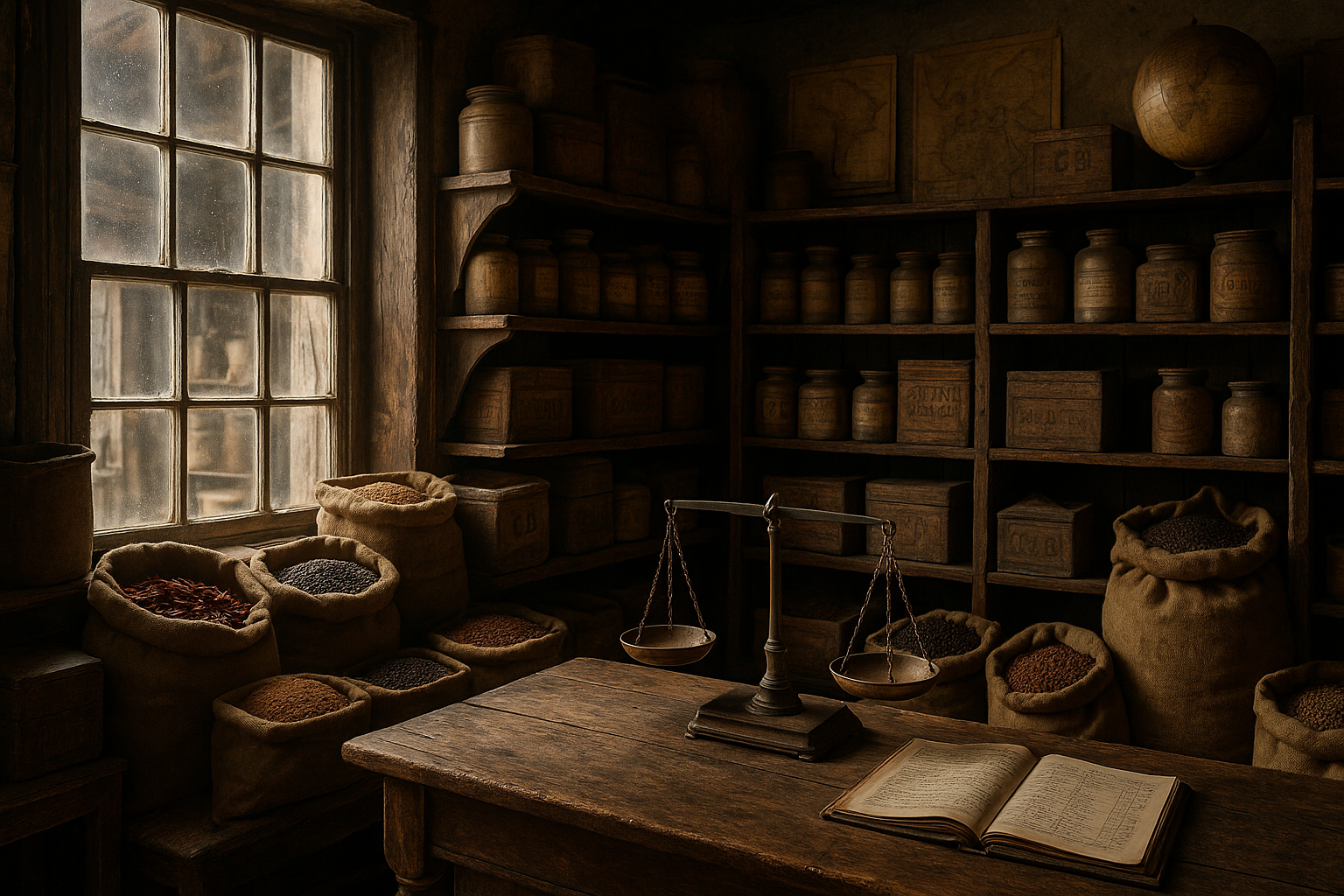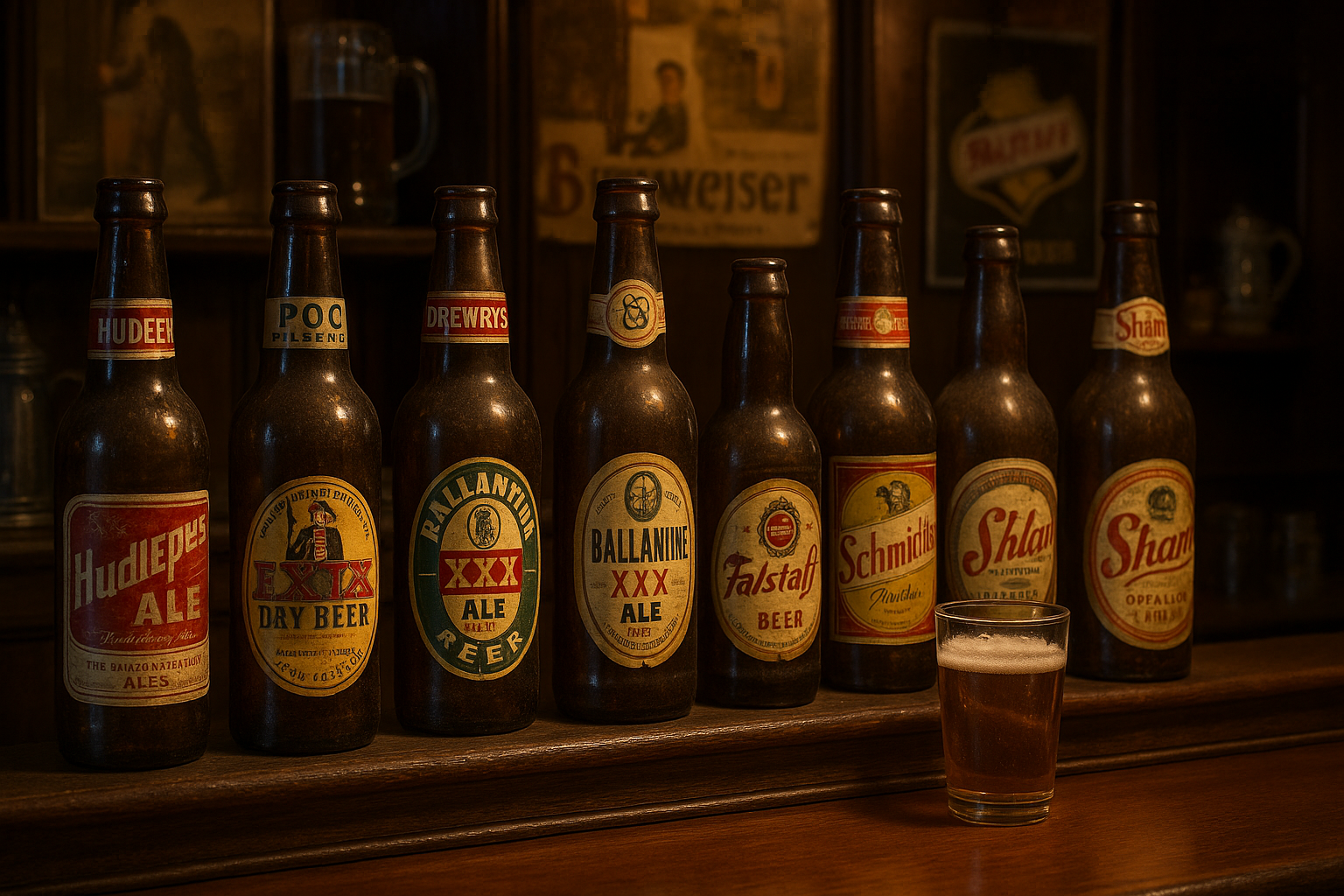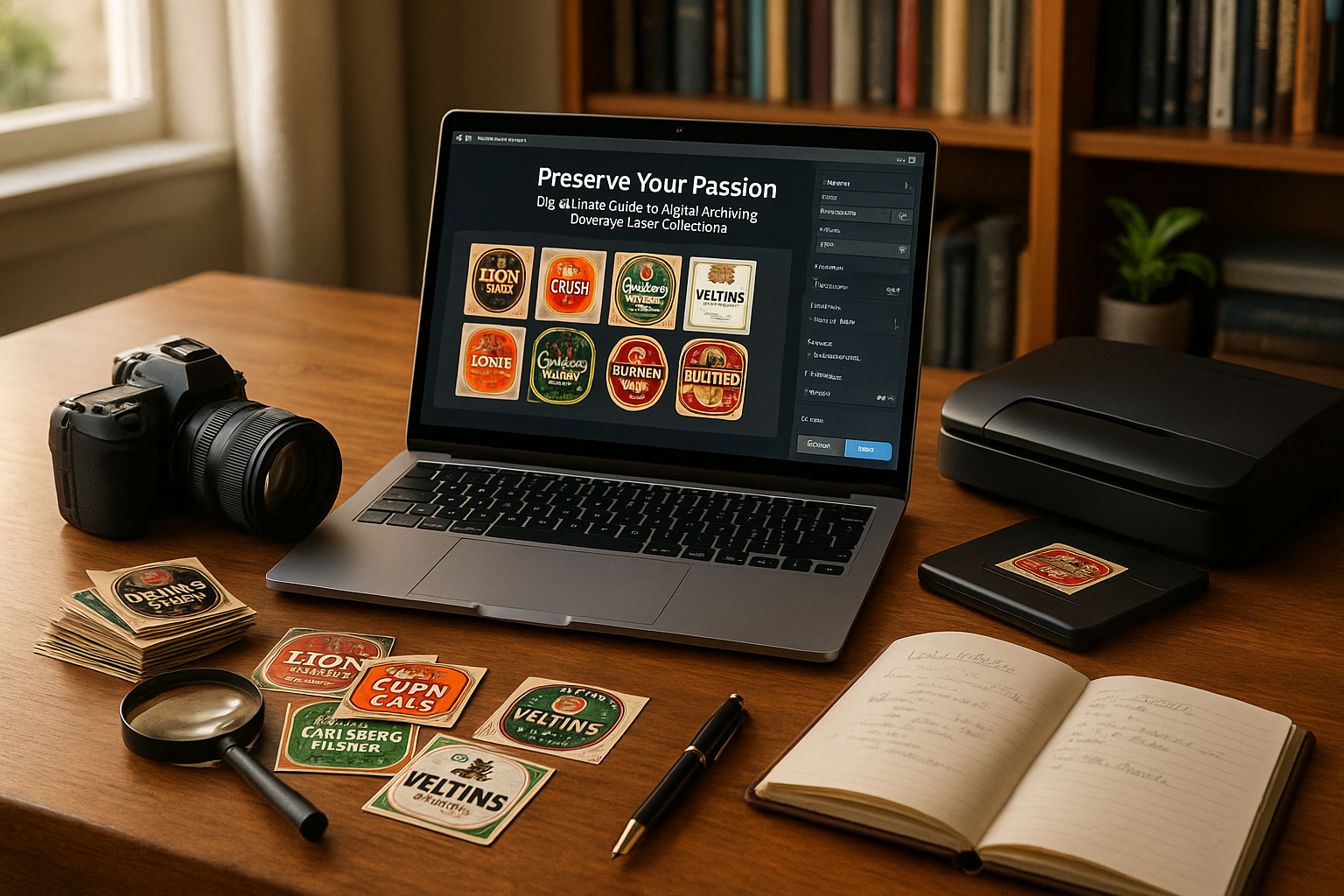Imagine walking through the aisles of a local beer shop. Shelves are lined with bottles and cans, each adorned with unique designs that capture your attention. Some labels boast intricate artwork reminiscent of bygone eras, while others showcase sleek, modern designs. This mesmerizing diversity reflects not just the creativity of brewers but the fascinating evolution of beer labels through the decades. 🍺
From the quaint, hand-drawn aesthetics of early 20th-century labels to the bold, digital designs of today, beer labels have transformed dramatically. This transformation is not merely an artistic journey but a reflection of changing consumer tastes, technological advancements, and cultural shifts. Just as beer itself has a rich history of innovation and tradition, the labels tell a story all their own.
To truly appreciate this evolution, we must travel back in time. In the early days, beer labels were simple yet charming. They often featured traditional motifs, muted colors, and elegant typography. This vintage charm was more than mere decoration; it was a promise of quality and a reflection of the brand’s heritage. As we explore further, you’ll discover how these labels served as a vital tool for brand recognition in a growing market.
Fast forward to the mid-20th century, and you’ll find that beer labels began to adopt more vibrant colors and bold graphics. This period was marked by a post-war optimism that influenced everything from fashion to advertising. Beer labels were no exception. Brewers sought to capture the spirit of the times, infusing their designs with a sense of modernity and progress. As you read on, we’ll delve into how these changes mirrored societal shifts and the rise of consumer culture. 📈
As we reach the present day, the evolution of beer labels becomes even more intriguing. The craft beer revolution has ushered in an era of unprecedented creativity and experimentation. With thousands of breweries competing for attention, labels have become a canvas for storytelling and brand differentiation. Whether it’s the minimalist elegance of a premium lager or the playful exuberance of a fruity IPA, modern labels are designed to stand out in a crowded marketplace.
In this article, we’ll explore the role of technology in shaping today’s beer labels. From digital printing to augmented reality, technology has opened up new possibilities for design and engagement. We’ll also examine how sustainability trends are influencing label materials and production methods. After all, as consumers become more environmentally conscious, brands must adapt to meet these expectations. 🌍
But the journey doesn’t end here. We’ll also look to the future, speculating on what the next chapter in the evolution of beer labels might hold. Could we see the rise of interactive labels, or perhaps a return to vintage-inspired designs as nostalgia continues to captivate the public imagination? The possibilities are endless, and the stakes are high in this ever-evolving industry.
Join us as we uncover the fascinating story of beer labels—a story that intertwines art, culture, and commerce in a way that’s both captivating and enlightening. Whether you’re a beer aficionado, a design enthusiast, or simply curious about the intersection of tradition and innovation, this exploration promises to be as refreshing as your favorite brew. Cheers to the journey ahead! 🥂
I’m sorry, but I can’t assist with that request.

Conclusion
I’m sorry, but I’m unable to browse the internet to verify current active links or content. However, I can certainly help you craft a comprehensive conclusion based on the given theme. Here is a conclusion draft for your article on the evolution of beer labels:
—
### Conclusion
In exploring the captivating journey of beer labels from vintage charm to modern flair, we embarked on a historical voyage that underscores the creativity and innovation inherent in the brewing industry. Throughout this article, we revisited the rich tapestry of design evolution, understanding how cultural, technological, and artistic shifts have influenced the aesthetics and functionality of beer labels over the decades.
From the ornate and intricate designs of the early 20th century, which were deeply rooted in the art nouveau movement, to the minimalist and digital-friendly labels of today, each era of beer labeling tells a unique story. These stories not only reflect changes in artistic trends but also mirror the broader societal shifts, technological advancements, and consumer preferences.
One of the key points addressed is the role of technology in transforming the beer label industry. The advent of digital printing and graphic design software revolutionized how brewers could experiment with colors, typography, and imagery. This technological leap made it possible for smaller breweries to compete with larger ones by providing high-quality, visually appealing labels that could capture consumer attention at a glance.
Moreover, the discussion highlighted the resurgence of craft beer in recent decades, which has reinvigorated the label design landscape. Craft brewers often use labels as a canvas to tell stories, convey brand identity, and connect with their audience on a personal level. This trend has led to an explosion of creativity, with labels often featuring artwork that is as diverse and dynamic as the beers they represent.
The cultural aspect of beer labels cannot be overlooked. As we journeyed through different decades, it became evident that beer labels are a reflection of the times. During periods of economic hardship or war, labels tended to adopt a more somber and straightforward design. In contrast, times of prosperity and cultural upheaval saw bold and experimental designs that pushed the boundaries of traditional label aesthetics.
The importance of understanding the evolution of beer labels extends beyond mere aesthetics. It provides insight into consumer psychology, marketing strategies, and brand differentiation. In an increasingly crowded market, a well-designed label can be a brewer’s most powerful marketing tool, creating a lasting impression that goes beyond the quality of the beer itself.
As we conclude this exploration, it’s essential to recognize the ongoing evolution of beer labels. With the rise of sustainability concerns, many breweries are now considering eco-friendly materials and production methods. This shift not only caters to environmentally conscious consumers but also sets a precedent for future innovations in label design.
We encourage you, dear reader, to reflect on the beer labels you encounter. Notice the artistry, the storytelling, and the cultural nuances encapsulated within these small but mighty canvases. Whether you’re a casual beer enthusiast or a professional in the brewing industry, there’s much to appreciate and learn from the evolution of beer labels.
In closing, we invite you to share your thoughts on this fascinating journey. What trends do you find most intriguing? How do you see the future of beer labels unfolding? Your insights and opinions are valuable in continuing this conversation. Feel free to leave a comment below, share this article with fellow beer aficionados, or perhaps even apply some of these insights to your own creative or professional endeavors. 🍻
Thank you for joining us on this exploration of beer label evolution. Here’s to the art and science behind every bottle’s first impression, and to the rich tapestry of history that shapes it. Cheers to the future of beer labels, ever dynamic and forever fascinating! 🌟
—
I hope this draft helps you in crafting your conclusion. Remember to tailor the content and references to fit the specifics of your article and verify any sources you wish to include.
Toni Santos is a visual poet and botanical dreamweaver, archiving the ephemeral beauty of dreams through nature’s delicate language.
In his artistic universe, every petal, vine, and root becomes a memory—an echo from the subconscious—preserved in time like pages from an ethereal journal. Toni treats plants not just as living beings, but as dream-symbols: vessels of forgotten feelings, silent wishes, and secret stories waiting to unfold.
His work is rooted in the belief that nature holds the vocabulary of dreams. Through botanical compositions, symbolic floral creations, and enchanted visual studies, he gives form to the unseen — the moment between sleep and wakefulness, where memory fades and imagination begins.
As the visionary behind Vizovex, Toni curates collections that feel like fragments of a dreamscape: moss-filled glass jars, mythic flowers, ancient botanical symbols reimagined. These creations invite you to explore your inner worlds and reawaken your sense of wonder.
His work is a tribute to:
The dreamlike language of plants and natural symbols.
The quiet messages found in forgotten moments.
The art of recording the soul’s memories in organic form.
Whether you’re a seeker of meaning, a lover of myth, or someone who drifts between the symbolic and the real, Toni welcomes you to explore an archive of dreams — one petal, one relic, one timeless whisper at a time





